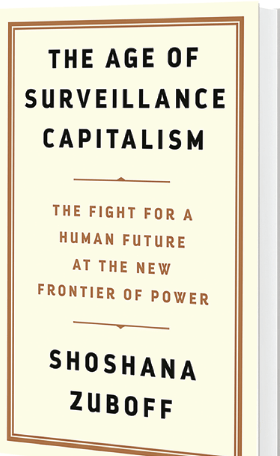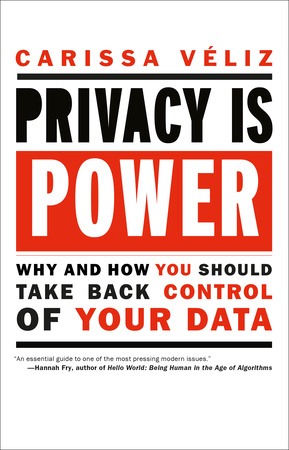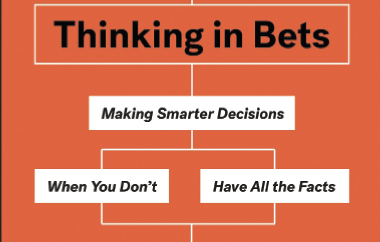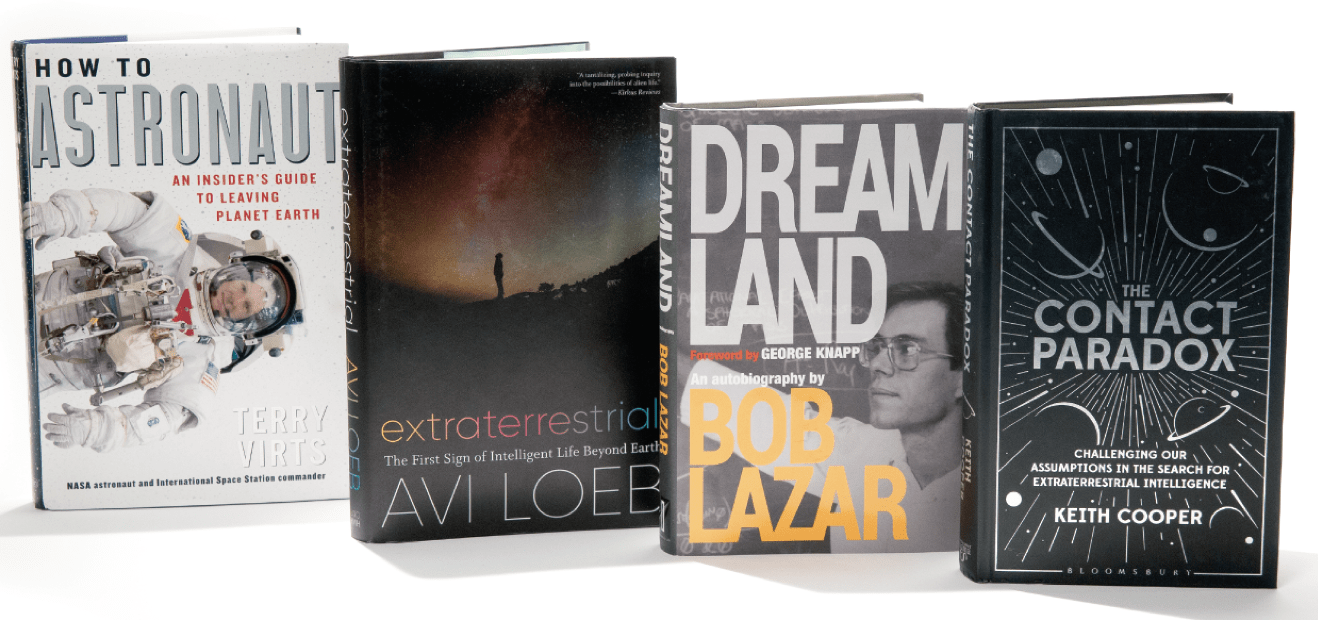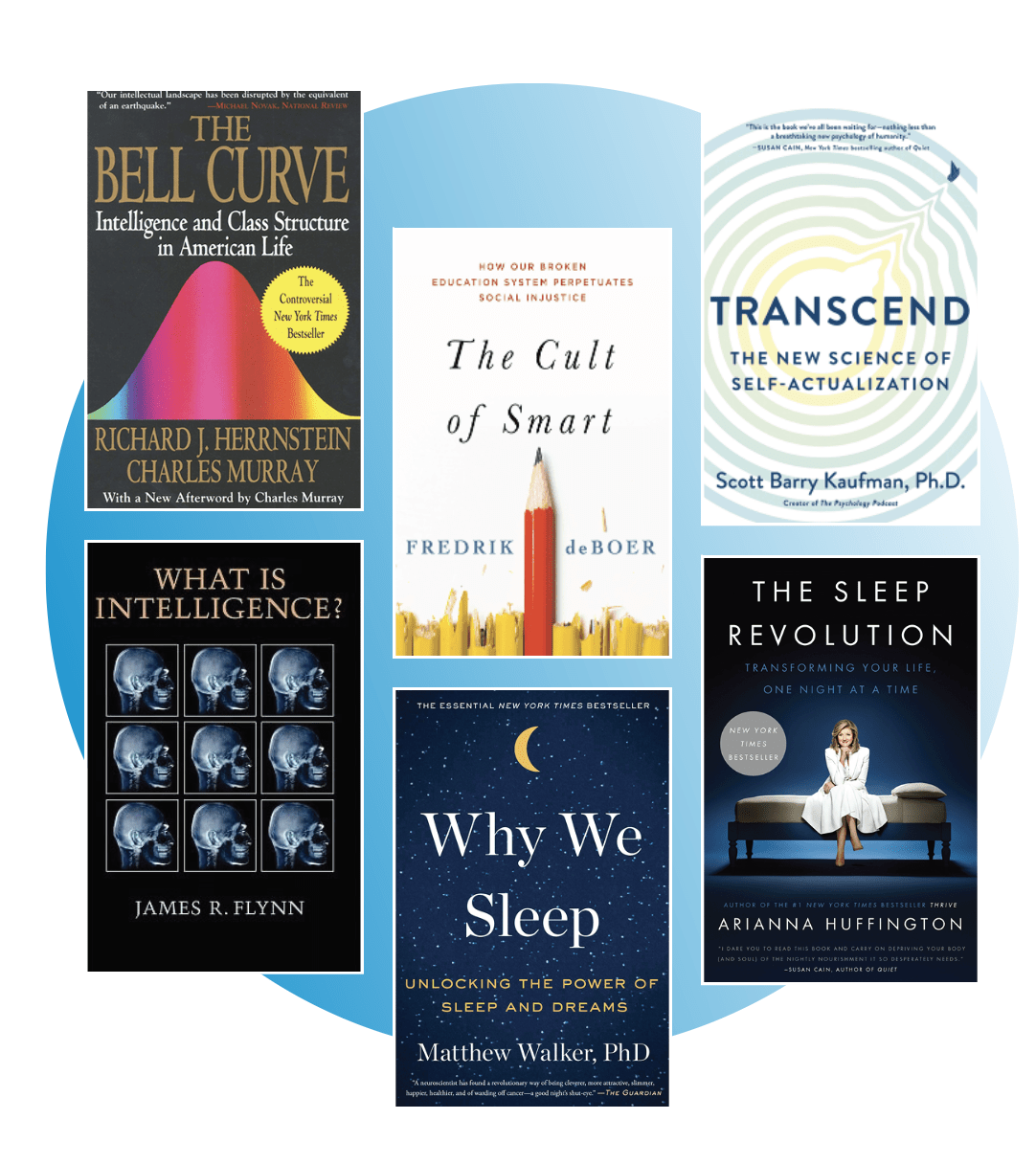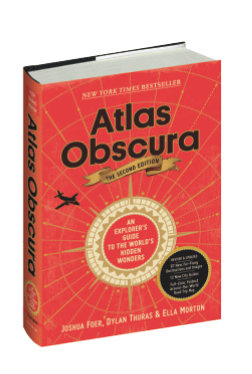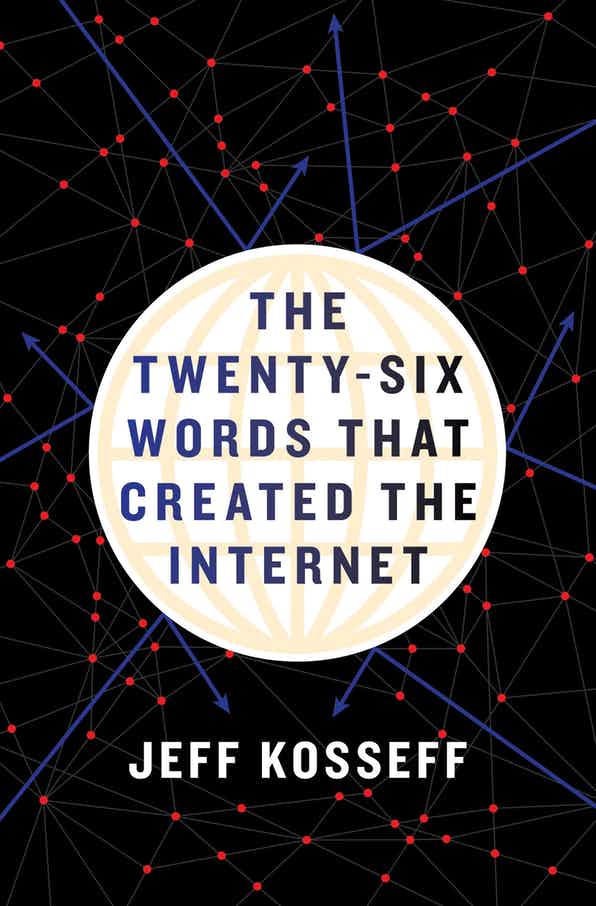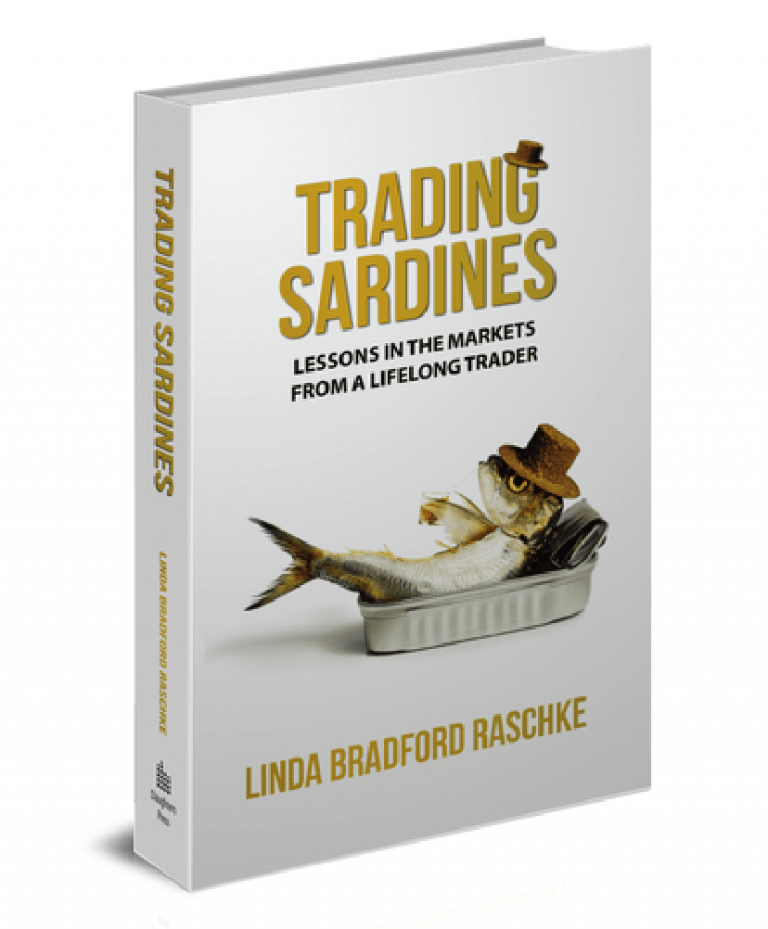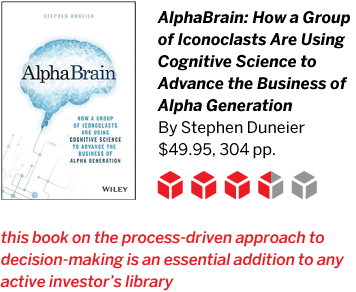Do Dice Play God?
Professional traders dwell in a complex landscape of uncertainty, probability assessment, decision-making and risk. They also wield powerful digital trading capabilities unimaginable only a few decades ago.
It’s no longer a ticker-tape world where insiders with seats on the exchanges enjoy advantages unavailable to the outside world. The digital revolution has democratized trading, opening the doors to millions while offering an unprecedented array of trading tools to quantify risk and probabilities.
Yet many traders haven’t stopped to think about the mathematics behind today’s management and mitigation of risk. That will change when they open Do Dice Play God? The Mathematics of Uncertainty, a new book by Ian Stewart.
Stewart acquaints readers with thousands of years of history, explaining how great thinkers, philosophers, physicists and mathematicians have confronted and achieved great insight into uncertainty and probability. This extremely long undertaking constitutes a magnificent human achievement, he writes.
To help readers digest that progression of knowledge, Stewart creates a chronological framework. “My Six Ages of Uncertainty run through the most important advances in understanding why we are uncertain and what we can do about it,” he writes.
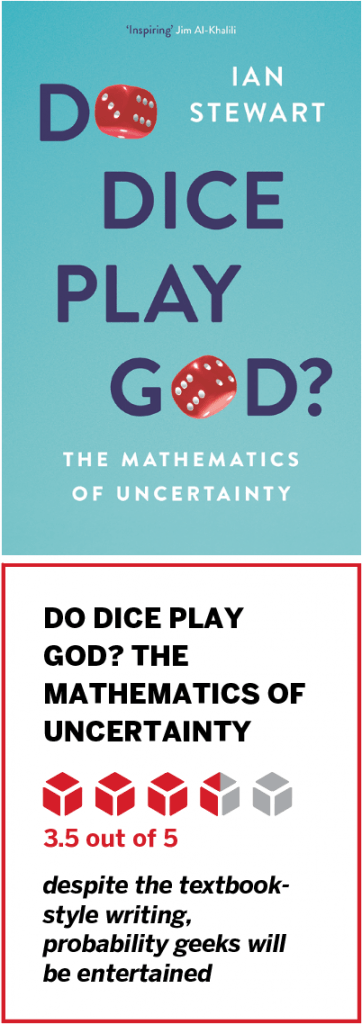
Each “Age” represents a building block in the foundation of understanding uncertainty. Through the centuries, step by careful step, one discovery built upon another. Eventually, the secrets of uncertainty and probability were revealed through observation and measurement.
Readers quickly recognize the book as far more than just another commentary on traders’ risk management or general reflections on financial markets and finance. The author also explores uncertainly as it applies to medicine, astronomy, weather forecasting, brain function, artificial intelligence and quantum physics.
Stewart recounts breakthroughs in the quest for deeper understanding of how uncertainty principles fit within the framework of those and other subjects. Every day brings discoveries about uncertainty, he notes. “The future is uncertain, but the science of uncertainty is the future,” he writes. His explanation of how the study of probability originated should resonate with luckbox readers:
“Probabilities theory grew from the needs and experiences of two very different groups of people: gamblers and astronomers. Gamblers wanted a better grasp of ‘the odds,’ and astronomers wanted to obtain accurate observations from imperfect telescopes. As the ideas of probability theory sank into human consciousness, the subject escaped its original confines, informing us not just about dice games and the orbits of asteroids, but about fundamental physical principles.”
Traders will recognize such breakthroughs as the defining principles of their own lives. As they read this book they’ll begin to find themselves delving into scientific uncertainty and gaining a sense of the “known unknowns.” They’ll even come to appreciate the great thinkers who have constructed the framework for understanding uncertainty.
—Mike Hart
